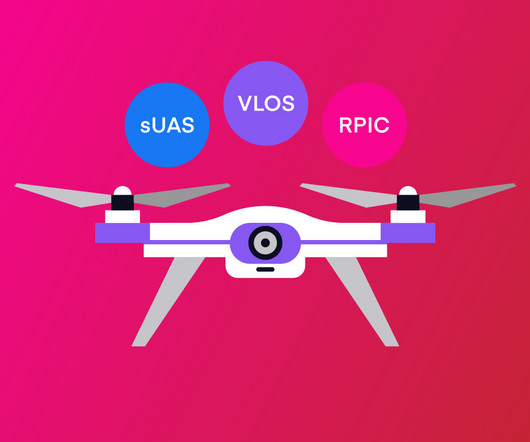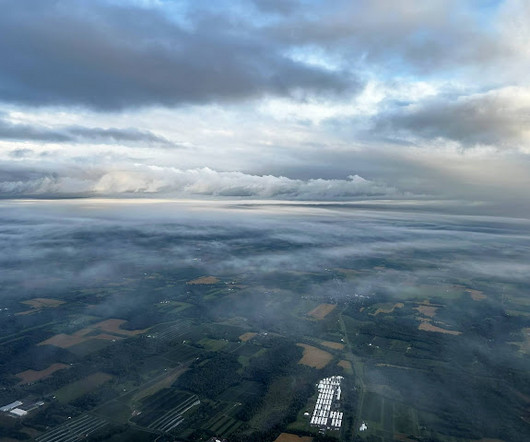Drone Lingo Simplified: Acronyms Every Pilot Needs To Know
Pilot Institute
MARCH 6, 2025
Rather, it is affected by many factors, such as weather conditions and the presence of obstacles. Examples of information that can be communicated by an FSS include weather advisories, traffic advisories, navigational aids, or information from military bases or homeland security. BVLOS is not defined by any specific distance.













Let's personalize your content